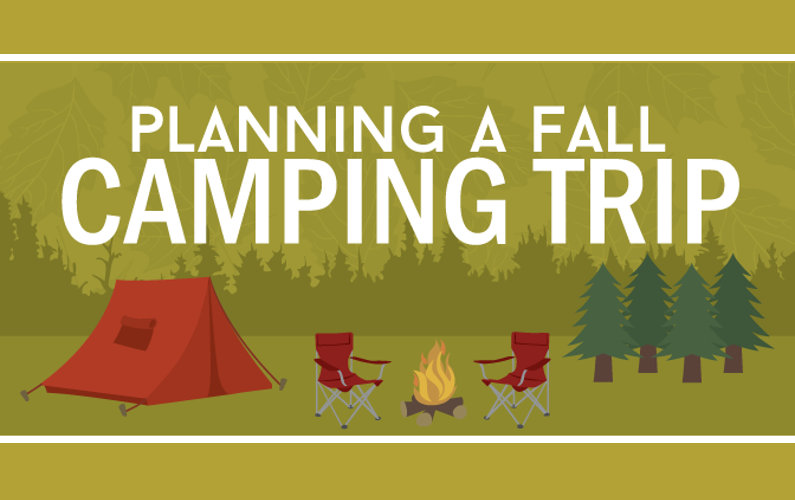Winter outdoor camping is a fun and daring experience, however it calls for appropriate gear to guarantee you stay cozy. You'll need a close-fitting base layer to catch your body heat, in addition to a protecting jacket and a water resistant shell.
You'll likewise require snow risks (or deadman anchors) buried in the snow. These can be linked using Bob's smart knot or a routine taut-line drawback.
Pitch Your Tent
Winter season outdoor camping can be an enjoyable and daring experience. Nevertheless, it is necessary to have the proper gear and understand how to pitch your tent in snow. This will protect against cold injuries like frostbite and hypothermia. It is also essential to consume well and remain hydrated.
When establishing camp, make sure to pick a website that is protected from the wind and without avalanche danger. It is also a great concept to load down the location around your outdoor tents, as this will certainly help reduce sinking from body heat.
Before you established your outdoor tents, dig pits with the exact same size as each of the anchor points (groundsheet rings and individual lines) in the facility of the camping tent. Fill up these pits with sand, stones or even things sacks full of snow to compact and secure the ground. You might likewise want to take into consideration a dead-man support, which involves linking camping tent lines to sticks of wood that are hidden in the snow.
Pack Down the Area Around Your Outdoor tents
Although not a requirement in a lot of areas, snow stakes (additionally called deadman anchors) are a superb enhancement to your outdoor tents pitching package when camping in deep or pressed snow. They are generally sticks that are developed to be hidden in the snow, where they will freeze and develop a strong support point. For ideal outcomes, use a clover drawback knot on the top of the stick and bury it in a couple of inches of snow or sand.
Set Up Your Tent
If you're camping in snow, it is an excellent idea to use a camping tent developed for winter backpacking. 3-season outdoors tents work great if you are making camp below tree line and not anticipating particularly harsh climate, but 4-season tents have stronger poles and materials and offer even more protection from wind and hefty snowfall.
Be sure to bring appropriate insulation for your sleeping bag and a cozy, dry blow up mat to sleep on. Blow up mats are much warmer than foam and aid avoid cool areas in your outdoor tents. You can likewise include an additional floor covering for sitting or food preparation.
It's likewise an excellent idea to establish your tent near a natural wind block, such as a group of trees. This will certainly make your camp extra comfortable. If you can not find a windbreak, you can produce your very own by digging holes and hiding objects, such as rocks, camping tent risks, or "dead man" anchors (old camping tent individual lines) with a shovel.
Tie Down Your Camping tent
Snow risks aren't required if you utilize the right methods to secure your outdoor tents. frame Buried sticks (perhaps accumulated on your approach walking) and ski posts work well, as does some version of a "deadman" hidden in the snow. (The concept is to create an anchor that is so solid you will not be able to pull it up, despite having a great deal of effort.) Some makers make specialized dead-man supports, but I like the simpleness of a taut-line hitch connected to a stick and afterwards hidden in the snow.
Be aware of the terrain around your camp, specifically if there is avalanche threat. A branch that falls on your tent might harm it or, at worst, hurt you. Additionally be wary of pitching your camping tent on an incline, which can trap wind and cause collapse. A protected area with a low ridge or hillside is far better than a high gully.
